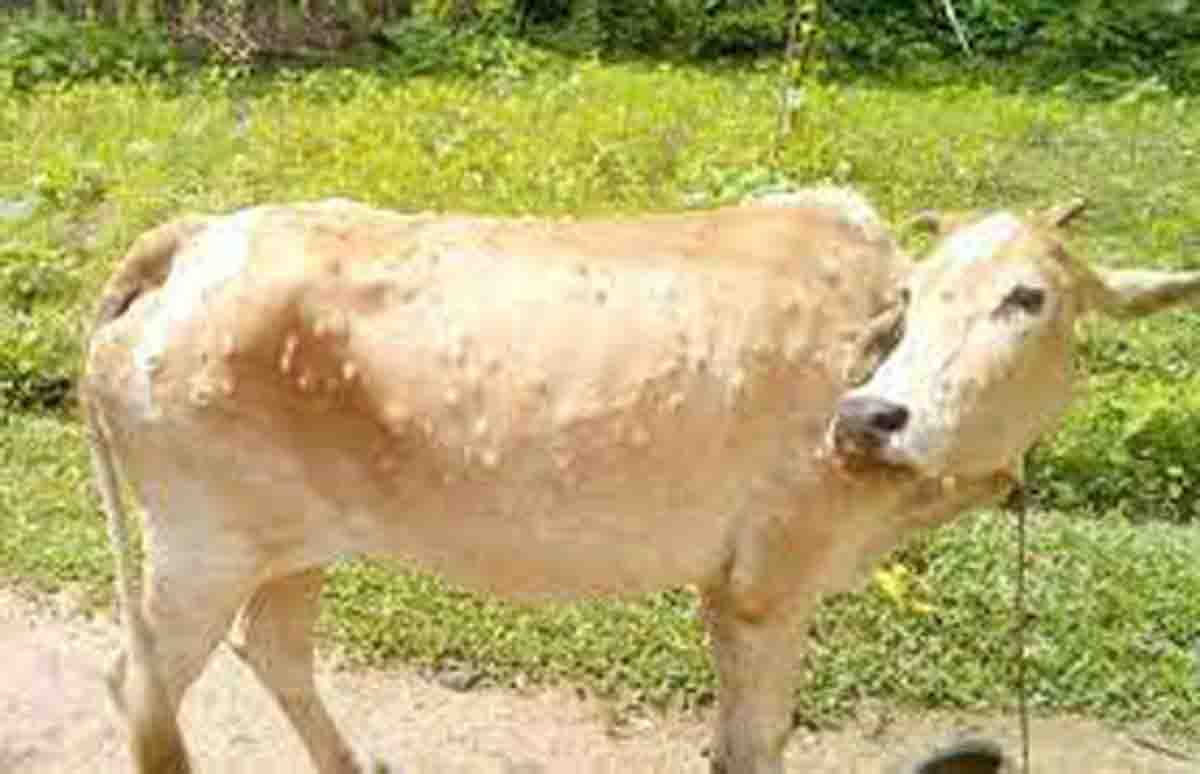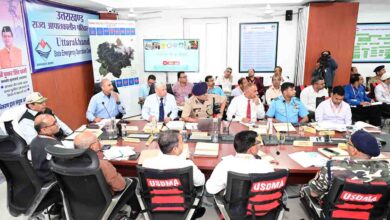Haridwar administration gears up for LSD challenge

Saturday, 13 August 2022 |PNS | Haridwar
1241 cattle infected, 36 deaths so far from the Viral Lumpy Skin Disease in the district
Alarmed by the spread of the Lumpy Skin Disease (LSD) in the cattle population of the district, the animal husbandry department of Haridwar has come into an alert mode. The department has started a vaccination drive to protect the cattle from the disease.
The Chief Veterinary Officer of Haridwar, Dr Yogesh Kumar Sharma told The Pioneer that the district has 179395 cattle population out of which 1241 animals are infected with the LSD so far and 36 cows have died.
He said that in the last three to four days, about 2300 cattle have been administered the vaccine and on an average 500 cows are being vaccinated daily. “We are trying our best to control this disease as soon as possible. As of now the disease has not affected the milk production,’’ he said.
Hundreds of cows in Haridwar are said to be suffering from this disease which is spread by a virus. On Wednesday the animal husbandry minister Saurabh Bahuguna had a meeting with the officers of the department. In the meeting he directed the officers to focus on vaccination of the cattle and asked them to take necessary measures to prevent the spread of the disease.
The LSD has wreaked havoc in the states of Gujarat, Haryana, Rajasthan and Punjab so far where hundreds of cows have died from the disease.
LSD is a viral disease that spreads very fast. Experts opine that at present, this disease is in the early stage in the State and if not controlled now, it could assume epidemic proportions.
The disease is caused by the Lumpy Skin Disease Virus (LSDV) which is a member of the Poxviridae family of viruses. The symptoms of this disease include nasal discharge followed by a high fever which may last for about six to seven days. There is a decline in the milk output of the animal and it develops lumps of 10-50 mm in diameter. The limbs of the cattle also get swollen. In some cases lesions develop in the cornea of the eyes that can lead to blindness.






